History/driving impressions originally published in AutoWeek September 2, 1985
When Sidney Allard introduced the Allard J2 in 1949, it was to be powered by war surplus Mercury flathead V-8s. It wasn’t a bad engine as flatheads go, producing 110 bhp and certainly better than the flathead English Ford Pivot V-8 of the J1 of 1946-47, which was no great competitive or commercial success. But the Merc basically a truck engine. Those V-8s had, after all, been sent to England for use in military vehicles.
Nor was the flathead particularly responsive to modifications, limited as all flatheads to relatively low compression and also a poor breather. But it was the best thing available in England, with some still in the crate. It would be even better – to the tune of 140 horses – with Zora Arkus-Duntov’s Ardun overhead valve conversion, even if postwar austerity measures limited their availability to those that could be slipped into the country through loopholes.
But the race driver T.L.H. ”Tommy” Cole had a better idea. The new OHV Cadillac V-8 was rated at 160 bhp right out of the crate. Real output may have been only about 135 bhp stock, but who said it had to stay that way? The paint was hardly dry on the prototype before Cole ordered a production J2 without an engine.
The car, according to factory records, was begun in August 1949 and was shipped the end of October. It was delivered to Frick-Tappet Motors of Long Island (Frick was an acknowledged master of getting horsepower out of American iron) where the Cadillac engine and Oldsmobile three-speed manual transmission were installed. It was actually the second J2 to be sent to the U.S., the first going to Duntov for a FoMoCo engine.
“Man, I sometimes wonder if Tommy realized just what he had unleashed.” So wrote Carroll Shelby in his 1965 autobiography, The Cobra Story, and if there is anybody who knows about unleashing potent hybrids it’s Shelby. One of the Texan’s earliest rides was in a Cadillac-engined Allard in 1953, and he remembered it as a car with quirky handling and astounding acceleration. Zero-to-60, recalled Shelby, took six seconds. Great for 1950, said Shelby. Heck, that’s not bad for today.
Anyway, Tom Cole immediately put the sports car set on its collective year. In Bridgehampton in June 1950, (which one publication referred to as a “classic” simply because it had survived to be run a second time) Cole won easily, repeating his victory in 1949’s inaugural event in a much worn Jaguar SS-100.
Then it was off to Le Mans to co-drive with Sidney Allard himself. It would be unfair to Cole to suggest that he was selected for reasons other than talent – which he most certainly had – but surely Allard had enough imagination to realize that having an American share the wheel would insure good press coverage in what was sure to be his most important market. The fact that Cole was an Englishman living in the U.S. didn’t deter a press eager to claim him as our own.
Another beneficial aspect of having Cole co-drive was his access to American speed equipment. On his way to Le Mans, Cole was spotted at LaGuardia with the Detroit Speed Equipment intake manifold from his own Allard J2, complete with twin Carter single-throat carburetors, tucked under his arm on its way to becoming carry-on luggage.
It’s testimony to the great thumping torque of the Cadillac engine combined with the just-over-a-ton weight of the Allard J2 that the second twelve hours of LeMans was run, after transmission problems, in high gear only. Cole and Allard finished first in class and third overall at LeMans behind a pair of Talbot-Lagos. The Cad-Allard was said to be the fastest car down the Mulsanne Straight, with a reported, and probably not much exaggerated, top speed of 145 mph.
Cole returned to America to race his J2 in events primarily in the Northeast. In 1951, he again won at Bridgehampton, this time in a Chrysler-Allard owned by John Perrone, hitting speeds as high as 130 on the Long Island track. His own car he shared with Paul O’Shea, a combination that garnered honors at events up and down the East Coast, such as a first place at Vero Beach in a one hour event and a second in a companion 12 hour race. And Cole raced again at Le Mans with Sidney Allard, this time to dnf with a blown Cadillac engine.
Tommy Cole went to Le Mans in 1953 to drive a Ferrari. He didn’t come back to America. A crash at Maison Blanche proved fatal.
Exactly what happened next to Tom Cole’s Allard isn’t known. Present owner Robert Valpey knows, though, that in 1954 it was bought by a New England family, not for racing but for use as a road car, driven daily up through the mid-‘60s. It was, in fact, transportation for the lady of the house.
“She had a great time with it, I guess,” muses Valpey. I’ll bet she did. When she went to get groceries it gave a whole new meaning to “fast food.”
It was hit at one time and at another had a full envelope body of some sort and then she just stopped driving it.
In November 1983 it was found by Valpey, of Center Harbor, N.H. It was, as all great finds are supposed to be, in a barn, less paint on its aluminum panels and sitting at about two thirds its original height. The doors were in the weeds some 20 yards away from the car and the hood so concave it looked like a write-off.
A year and half later it would be hard to recognize it as same car. “We tried to do it the way it probably looked,” explains Valpey. Especially helpful was a cover photo of the car airborne over the bridge at Bridgehampton on the January, 1951, issue of Motorsport magazine. The original silver body color had been determined from spots of paint left on protected areas of the car, but the orange-red grill, often questioned by those who know Allard’s and know that the grill should be chromed, was proven with some certainty.
The car had 72-spoke center-lock wire wheels, replacing original steel disk, but Bob prefers the wires so those have stayed. Also non-original are the front fenders, as the early photos didn’t show louvers. But the early genuine is the engine, which if not the first one, was one fitted during its racing days, and so is the Detroit Racing intake manifold, the one that went to LeMans.
Valpey’s Allard does not have the characteristic blister over the carbs as do almost all later J2s, and also missing are the chrome portholes along both sides of the engine compartment, Valpey’s car having simple louvers. It was, certainly, one of the first two or three made out of 90 J2’s and 82 J2X’s, a later revision that moved the engine forward and changed front suspension geometry.
The J2X was reputed to have much improved handling over the J2. The rear suspension on both versions was De Dion, which could take the torque of the big V-8s without histrionics, but it was the split axle (swingarm) front suspension that gave the car its bad reputation. The theory goes that wheel travel causes camber change which causes camber thrust and bump steer of the worst kind.
It’s a shame to ruin people’s long-held beliefs, but if Bob Valpey’s J2 is any measure, the complaints have been grossly overstated. The Allard tracks nicely around curves, even to the point where the 600-16 Dunlop racing tires began to slide on the asphalt. Bumps and ripples don’t upset it to the extent that they can’t be caught, and at speeds up to about 80 mph the car is stable to a fault. Much of this is because of the Allard’s stiff springing. You don’t get camber change from suspension travel if the suspension doesn’t travel. (Contrast this to early Lotuses with split axle front suspension and Chapman-soft springs. Now those cars are exciting on a rough road.) Then again, it may be different at 145 mph on the Mulsanne in the rain.
But Allards won races not so much on handling as on sheer overwhelming power. One would keep up on the corners and run away on the straights. The kick of the Cadillac is impressive even by modern standards, thumping out power in Harley-like lumps at low revs and rolling it out like crushed velvet in a Sedan de Ville as the tach swings around. Thank you, Sidney Allard, for your good idea, and thank you Tom Cole, for your even better one.
With no seatbelt or roll cage, drivers of the era were either brave or, as someone put it, had a tremendous lack of imagination. Would you drive this car at 145 miles per hour?












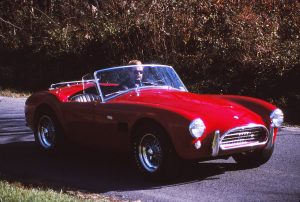

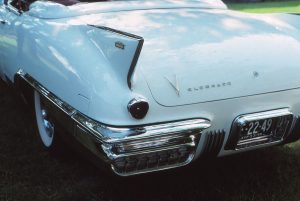
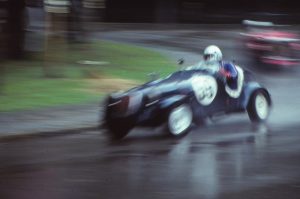
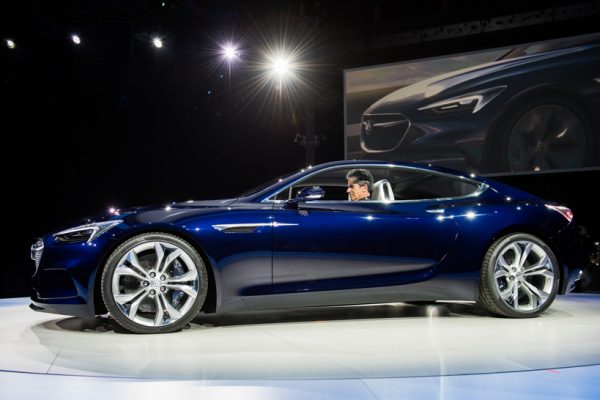
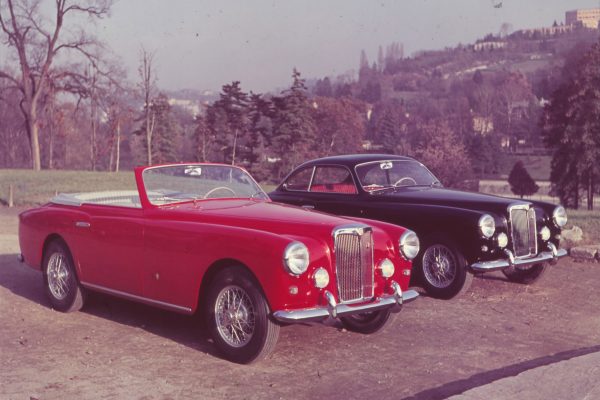

What Do You Think?
You must be logged in to post a comment.